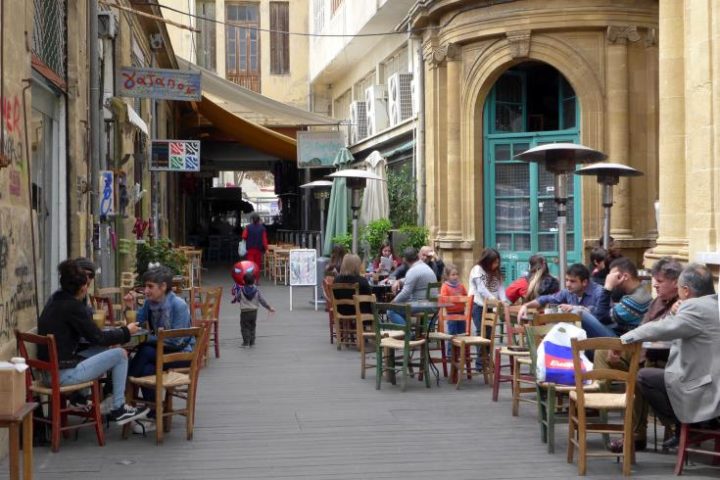 By George Mouskides
By George Mouskides
General Manager, FOX Smart Estate Agency
Licensed Estate Agent, US Certified Public Accountant
During the negotiations with the Troika the Cypriot government undertook to amend the foreclosures law by June 30, 2014, so that mortgaged properties with loans not being paid (non-performing loans) go under the hammer in a period of 18 months, barring first residences which will enter a 30-month procedure instead.
What is actually meant by procedure is that when the bank contacts the debtor and negotiates a new payment agreement which does not materialize successfully, not even after a watchdog body intervenes, they will be able to go ahead with the foreclosure.
According to today’s facts and figures there is a list of 3,600 cases on the foreclosure list, very few of which concern primary residences.
Cumbersome
Most of these cases have been stagnant for a number of years as current procedures are hopelessly cumbersome.
We believe that the procedure will be a gradual one and fears of mass foreclosures are far from reality.
Even if the new procedure is adopted we estimate the first foreclosures to take place sometime in 2016.
It is only natural that until then many of the reasons forcing loans not to be serviced will cease to exist.
Why should that happen?
What the future holds
We believe that economic growth will reduce unemployment figures and foreign investment, (LNG, casinos, marinas, golf courses), and increased liquidity will drive interest rates down and chart a new course. It is inevitable that many of the ‘bad’ borrowers will then be in a position to start repaying their loans.
The government’s intention to safeguard the primary residence is definitely a humane social policy on the right track.
It is being rumored that the government is toying with the idea (Irish model) of buying homes worth less than €250,000 and in a foreclosure danger and repaying the loan.
The owners will continue living in the property, paying the government a low rent just to cover the loan interest.
The owners will then have the right to buy back the house at the balance of the loan within 5 years.
Flexible
We have to disagree with the above procedure, as the government will end up with many properties and generate new costs for the management of all these properties. What’s even more important is that quite a number of owners will never pay the rent knowing very well that the government will never evict them.
If the government wants to help all these owners in trouble there are other, easier ways to do so.
The state could for example pay for the interest rates of the loans until the owners are in a better financial position. It could also allow for the creation of private fund organisations, giving them tax or other incentives, to handle the rent or buyback schemes.
We believe that alternative, simpler and more flexible ways must be employed for the main residence, so that we will solve more problems than we will create.







